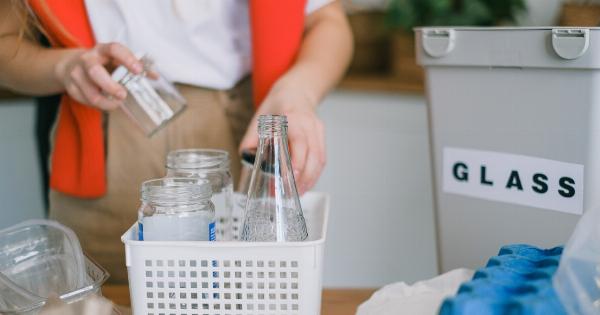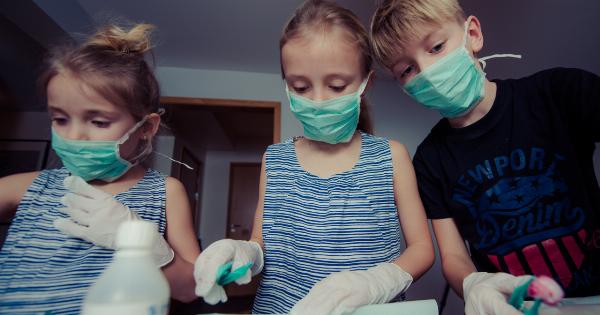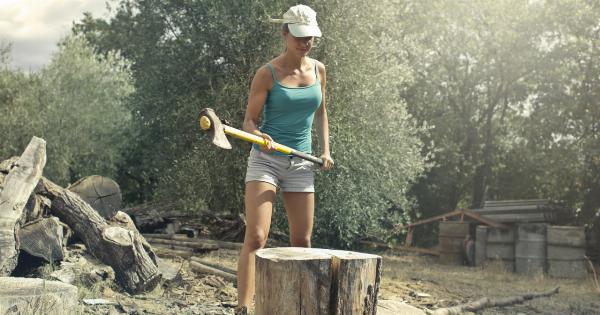As a parent or caretaker, it’s natural to want to protect your child from harm or injury. However, accidents can happen, and it’s important to know how to handle children’s cuts and injuries correctly.
Unfortunately, there are some common mistakes that people make when it comes to treating children’s wounds. Here are some of the top no-no’s that you should avoid:.
Not Cleaning the Wound
One of the first things you should do when your child gets a cut or scrape is to clean the wound thoroughly. This helps to prevent infection and promotes faster healing. However, many people skip this step or don’t clean the wound properly.
It’s essential to use an antiseptic solution or warm soapy water to clean the wound, and if it’s bleeding heavily, apply pressure with a clean cloth or bandage before cleaning to stop the bleeding. Once the wound is cleaned, cover it with a sterile bandage and monitor it for any signs of infection.
Using Peroxide or Alcohol
For years, hydrogen peroxide and rubbing alcohol have been go-to solutions for parents when cleaning a wound. However, these solutions can damage healthy skin cells and delay the healing process.
Alcohol and peroxide can also be painful and can scare the child and make them more resistant to treatment in the future. These solutions are not necessary beyond cleaning to stop bleeding, and using them can do more harm than good.
Not Protecting the Wound
After cleaning the wound, it’s important to protect it from further harm. This means covering it with a sterile bandage or gauze to prevent infection and keep it clean.
Additionally, make sure the bandage is not too tight as it will damage the sensitive tissues of the surrounding skin. Keep the bandage dry and change it as soon as it gets wet or dirty to prevent further bacterial build-up.
Forgetting About Tetanus Shots
Children who get cuts and wounds are at a higher risk of developing tetanus, and it’s crucial to ensure that their vaccination is up to date. Tetanus is a bacterial infection that can cause muscle stiffness, lockjaw, and even death in some cases.
If your child has a deep puncture wound or is rusty metal, it’s essential to talk to your pediatrician about when to get a tetanus shot to prevent infection.
Not Seeking Medical Attention
While most minor cuts and scrapes can be addressed at home, some injuries require medical attention.
For instance, if your child has a deep cut that’s bleeding heavily, the wound is gaping, showing muscle or bone, or moving in a way that it’s not supposed to, it’s essential to seek medical attention. Delaying treatment can cause further damage and complications leading to life-long disabilities or even death under severe circumstances.
Allowing Them to Resume Regular Activities
It’s important to note that children’s movement can be limited for a while after a cut, and you should use your discretion to determine if they need to rest or avoid serious physical activity for a few days, or if they can resume regular activities shortly. Resting allows the wound to heal, which ensures the kid gets well faster and reduces the chances of complications. In any case, the child should avoid excessive movement until the wound is considerably reduced.
Using Dirty or Wrong Bandages
Bandages covering the wound must be clean and dry to help the wound heal faster. Age-specific bandages that are different from the adults’ ones should be used.
Children’s bandages are generally more sanitized and come in playful designs, which make it more enjoyable for the child as well. Avoid using bandages meant for the supply kit or keeping them in the car or going for cheaper brands, which may not have the right adhesive or sterile qualities that are necessary.
Not Coming Clean About Allergies and Issues
Knowing whether the child has any allergies or underlying medical conditions that can compromise the healing process is crucial when addressing injuries. Mild redness or itching may be a sign of a drug allergy or sensitivity that needs addressing.
Similarly, some conditions like diabetes or blood clotting disorders may require specials care or medication. Failure to communicate such allergies or medical conditions to the caregiver or doctor managing the wound may delay healing and have serious consequences.
Not Communicating with Child About How to Handle the Wound Later
For younger children, it’s important to teach them how to protect their wound and avoid playing with it or picking off the bandage over the healing injuries.
Older children, on the other hand, may need to know that they should keep the wound dry and avoid picking off any scabs. Teaching children how to take care of wounds is crucial for proper healing and reduces the likelihood of further complications.
Being Overprotective
While it’s natural to want to protect your child from harm, being too overprotective can be detrimental to their well-being. Overly protecting the child may instill fear or anxiety, which will become challenging to deal with later in life.
It also can worsen their perception of the wound and lead to an uncooperative attitude to treatment. Young children need reassurance and affection when injuries occur. After that, it’s essential to create an environment that promotes independence and fosters the healing process in a natural way.




























